How to deal with oral anticoagulant bleeding?The latest research gives you answer | ESC2022
Author:Cardiovascular Channel in the Time:2022.08.31
*For medical professionals for reading reference
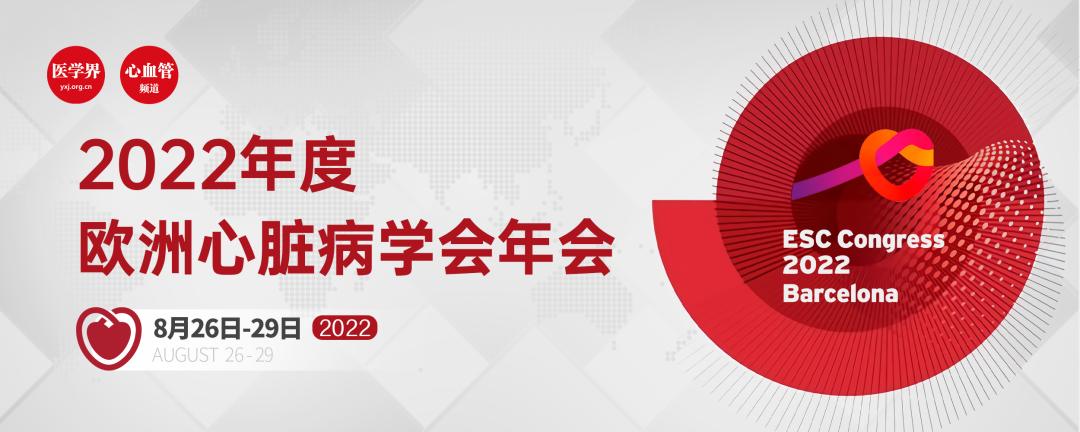
Full of dry goods!
The biggest hidden hazard of atrial fibrillation is that the embolism in the atrium is falling off the blood vessels of the important organs, causing the infarction of the heart and the brain. The anticoagulant drugs have a pivotal role in the treatment of drug treatment of atrial fibrillation. The subtle balance between embolism makes the application of anticoagulant drugs like "dance on the wire", and bleeding has become the most serious and most common adverse reaction in the process of anticoagulant therapy. What should we deal with the bleeding incident of oral anticoagulant patients? Can anticoagulation therapy continue? Become a question of many doctors.
On August 26th, at the annual meeting of the European Heart Disease (ESC) of the 2022, Steen Dalby Kristensen and Renato D. Lopes explained the problem of bleeding after oral anticoagulant drugs. Let us listen to them together to listen to them. Views and suggestions.
one
Reduce the risk of bleeding from patients with oral anticoagulant drugs
Bleeding is a very dangerous complication. It can occur in multiple parts. Severe bleeding includes blood flow dynamic disorders, patients need to transfusion or prolong the hospitalization time, and cerebral hemorrhage and death bleeding are even more life -threatening.
There are also slightly mild bleeding such as nosebleeds and gum bleeding. The role of prevention is always much greater than treatment. Compared with the adjustment of the treatment plan after bleeding, it is obviously reducing the risk of bleeding from oral anticoagulant drugs to solve the problem fundamentally. Professor Steen Dalby Kristensn pointed out that we may be able to reduce the risk of bleeding from the following aspects.
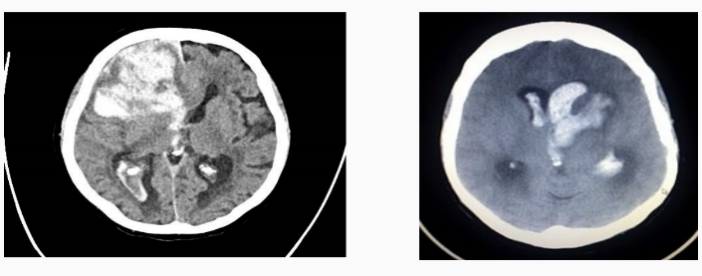
Figure 1 Imaging performance of cerebral hemorrhage
1
Make full use of Has-VLED scores
At present, there have been a variety of scoring systems to evaluate the risk of bleeding from patients, but the previous guidelines did not include the bleeding risk scoring system, because the published scoring system architecture was complicated and it was inconvenient to apply.
The "2020ESC Hust Fiber Diagnosis and Treatment Guide" is recommended to use the Has-BLED score for the prevention of thrombosis in patients with atrial fibrillation. This score allows us to evaluate the risk of bleeding in a fast and simple method. Its content includes:
H-hypertension 1 point;
A-kidney and/or liver function abnormal 1 point each; S-stroke 1 point;
B-Bleeding History 1 point;
L-international standardization ratio (INRS) is easy to change;
E-age (such as age & 65 years old) 1 point;
D-1 point each with drugs and/or alcohol, with a maximum of 9 points.
If the HAS-BLED score is ≥3, it is prompted to be alert to the risk of bleeding, which is also conducive to early and closer clinical review and follow-up [1].
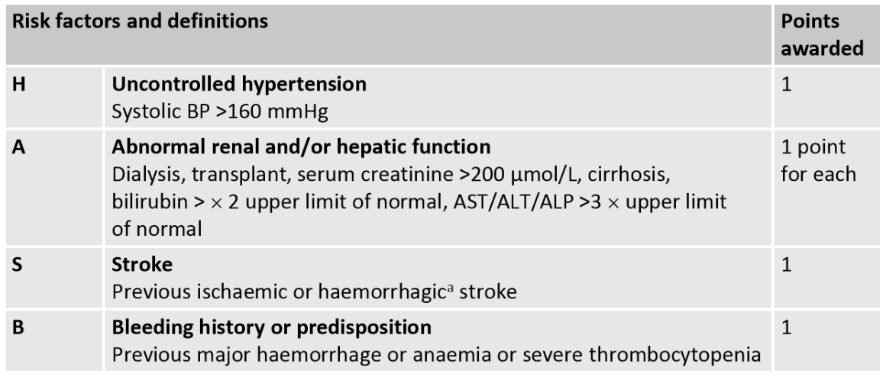
Figure 2 The clinical risk factor of the score of the Has-BLED score
2
Use noac as much as possible
Anticoagulant therapy is a balance in the risk factors of thrombosis and the risk factors of bleeding. How to reasonably apply anticoagulant drugs to reduce the risk of patients' bleeding is the direction we have been exploring.
Huafalin is the main anticoagulant drug for more than 50 years. After multiple studies, it has been found that compared with Huafalin, new oral anticoagulant drugs (Noac) can reduce the occurrence of patients' bleeding incidents. The recommendation dose of this type of antibody drugs in the "Patients of Oral Non -vitamin K Anti -Agent Anti -Agent Anti -Agent Anti -Agent Anti -Agenticated Patients in the European Correspondence Association" is as follows [2]:

Figure 3 Recommended drug dosage for atrial fibrillation patients (SPAF)
However, the new oral anticoagulant medicine does not completely avoid bleeding. We still need to pay attention to the interaction between drugs and whether the patient is combined with advanced liver disease/kidney dysfunction to reduce the bleeding caused by new oral anticoagulant drugs.
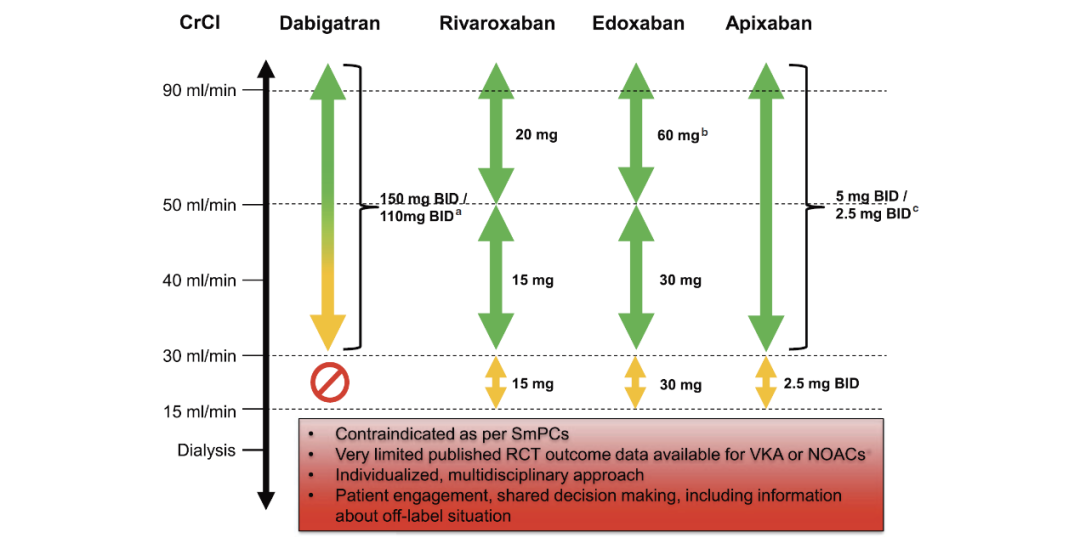
Figure 4 use noac according to renal function
3
Other factors that need to pay attention to
除了需注意患者有无同时使用其他药物、是否存在肝肾功能不全外,还有一些因素也是在使用抗凝药物时需注意的,包括高龄、虚弱和跌倒、体重、神经精神异常、依从性差、 Cancer, platelet reduction, anemia (need to pay attention to whether there are merging bleeding), race, etc.
When conducting Coronary Coronary Invasion Treatment (PCI), try to prevent bleeding as much as possible. Specific measures include: assessing the risk of bleeding, selecting the correct drugs, determining the correct dose, considering the use of PPI drugs at the same time, shortening surgical treatment time, improved process ( The radial method and closed device) and so on.
Of course, venous thromboe embolism and atrial fibrillation patients also have other options in addition to oral anticoagulant drugs, such as cavity venous filters and left -hearted ear blocking. Left -hearted ear sealing can be used as a method for preventing strokes in patients with atrial fibrillation, or as a treatment method for patients with taboos of long -term anticoagulant treatment. For AF patients who undergo cardiac surgery, consider surgical blocking or removing removal Zuo Xin's ears to prevent strokes.
two
Stop, reverse bleeding and restart anticoagulation therapy
1
First stop bleeding as soon as possible
There are the following taboos of anticoagulant therapy: active bleeding, patient rejection, high bleeding risk, frequent falls or weakness, and at the same time need dual anti -platelet treatment, poor compliance, and other diseases.
The results of the study show that doctors do not use vitamin K antagonists (VKA) anticoagulants (VKA) anticoagulant drugs are ranked first in the risk of bleeding and risk of falling. As far as anticoagulant drugs are concerned, the mortality rate after major bleeding in patients using Noac is lower than Huafalin in various studies. Figure 5NOAC's major bleeding and death -caused bleeding rate are lower than those of Huafarin
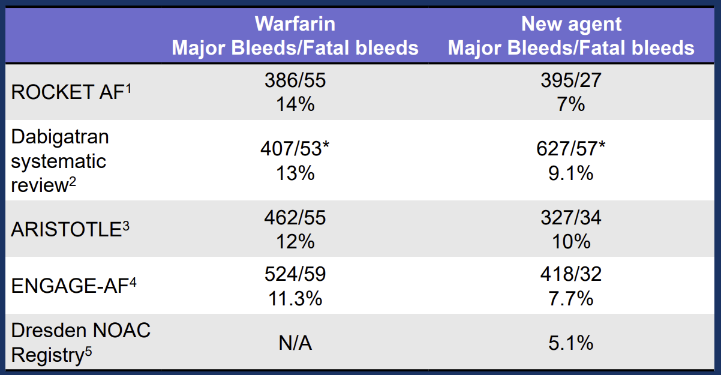
In order to reduce the occurrence of bleeding events, we can choose to use new oral anticoagulant drugs instead of Huafarin, control blood pressure levels, avoid excessive drinking, and avoid combined antiplatelet treatment.
When acute bleeding has occurred, we need to perform the following treatment:
If it is not large bleeding: continue oral anticoagulant drug treatment, and monitoring indicators such as anticoagulant indicators, liver and kidney function, special attention should be paid to combined medication (anticooth plates, non -steroidal anti -inflammatory drugs);
During major bleeding: Regardless of whether you threaten life or affect organs, you must stop oral anticoagulant drugs, and then take symptomatic treatment such as blood transfusion. According to the patient's condition, vitamin K, reverse drugs or hemostatic drugs.
Figure 6 The corresponding hemostatic measures after bleeding
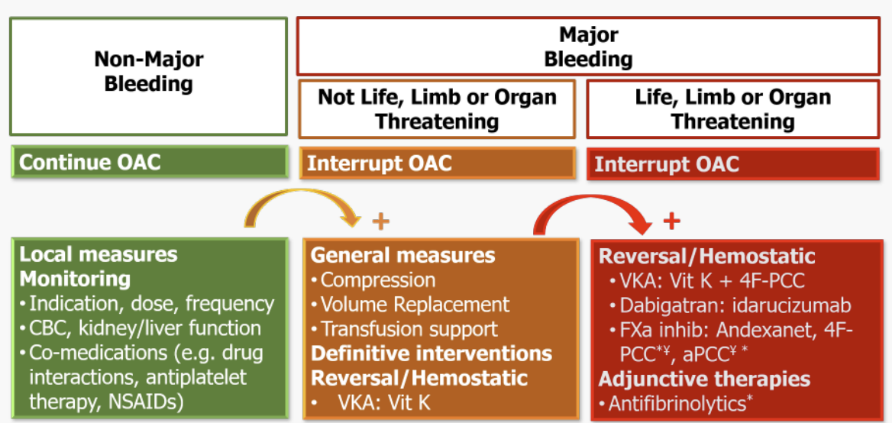
2
Reverse anticoagulation
When can I consider reverse anticoagulant therapy? Bleeding that threatens life needs to actively cause the coagulation parameters to normalize, so when severe or life -threatening bleeding, important organ bleeding, active bleeding, expected long -term delayed bleeding bleeding, emergency surgery, etc. Condented therapy.
The safety of directly oral anticoagulant drugs (DoAC) is better than Huafalin, but there are still the following challenges: the scope of treatment, non -clinical significant thresholds of anticoagulant effects, poor accuracy of coagulation tests, lack of accurate test data, etc. [3].
Figure 7 The effect of different drugs on coagulation function
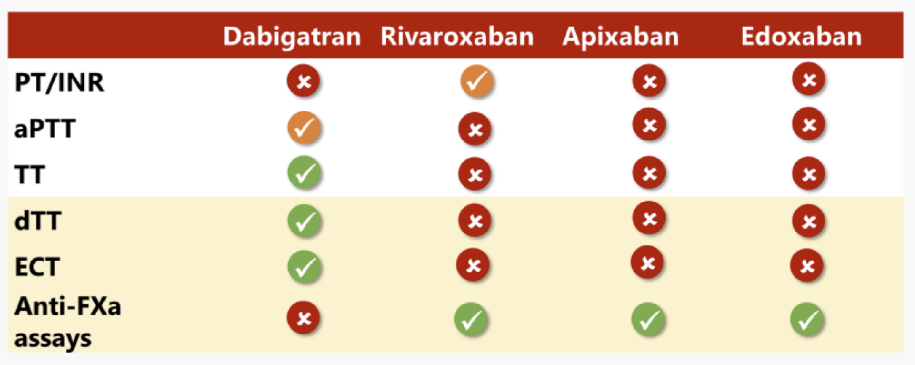
The current DoAC reversal includes Idaszumab (humanized FAB fragment) and AndexaNet ALFA (human RFVA variant). These two drugs are antagonistic agents of Dabigoga ester and FXA inhibitors. /Competitive combination of anticoagulant drugs to reverse oral anticoagulant drugs. The specific amount is: Edarica monocial antibody 5G IV, and the amount of AndexaNet ALFA depends on the last medication time of FXA.
3
Restart
How can anticoagulant drugs be re -used after bleeding and reversing anticoagulant treatment? Should we restart anticoagulant therapy? If you restart, when will you restart? How to restart?
AHA/ASA Guide Suggestion:
For patients with non -valve atrial fibrillation and spontaneous cerebral hemorrhage, consider restoring anticoagulant to prevent thrombosis and reduce all causes of mortality, which can restart the anti -governance after weighing the advantages and disadvantages;
For patients with atrial fibrillation and spontaneous cerebral hemorrhage determining anticoagulation atrial fibrillation and spontaneous cerebral hemorrhage, anticoagulation can be restarted according to the actual situation of the patient after 7-8 weeks;
For patients who are not suitable for anticoagulant therapy, you can consider closing the left heart to reduce the risk of thrombosis.
Professor Renato D. Lopes emphasized that no solution can be suitable for everyone. What we need to master is the method of judging standards and standardization, rather than simply considering the type of anticoagulant drugs [4].
Figure 8 Decision -making framework for resume oral anticoagulants after bleeding
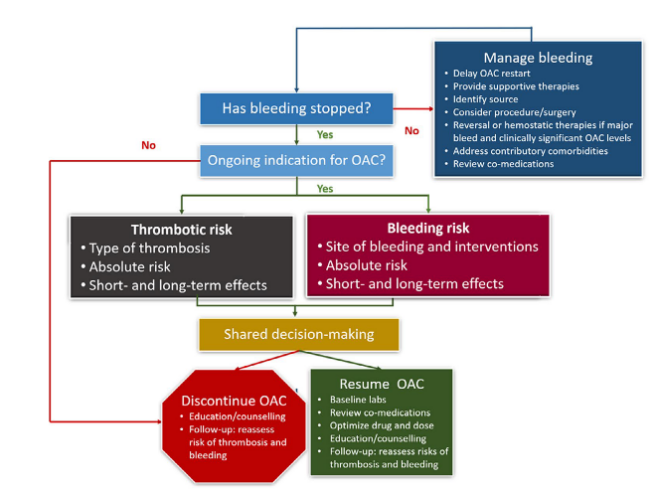
three
Summarize
Direct oral anticoagulant represents a progress in treating patients with thrombosis or patients with thrombosis risk. Compared with Huafarin, in large random control tests, the risk of directly oral anticoagulant drugs is lower. But anticoagulant therapy still has the risk of bleeding. What we can do is to minimize the occurrence of bleeding!
If the bleeding incident has occurred, first of all, you need to stop bleeding as early as possible. If you have severe bleeding, you should actively reverse the treatment of anticoagulation. Considering the primary disease of the patient, it is very important to restart the anticoagulation. When and how to restart the anticoagulation is a problem, keeping in mind the use of standardized methods instead of considering the type of anticoagulant; Strive more time.
Most importantly, don't panic, supportive treatment is the best choice!
Reference materials:
[1] Hindricks G, Potpara T, Dagres N, Arbelo E, BAX JJ, Blomström-Lundqvist C, Boriani G, Castella M, Dan Ga, Dilaveris PE, Fauchier L, Filippatos G, Kalman JM, LA MEIR, LANE DA, LANE DA, LANE DA, LANE da , Lebeau JP, Lettino M, Lip GYH, Pinto FJ, Thomas GN, Valgimigli M, Van Gelder IC, Van Putte BP, Watkins CL; ESC Scientific Document Group. 2020 ESC Guidelines for the diagnosis and management of atrial fibrillation developed in collaboration with the European Association for Cardio-Thoracic Surgery (EACTS): The Task Force for the diagnosis and management of atrial fibrillation of the European Society of Cardiology (ESC) Developed with the special contribution of the European Heart Rhythm Association (EHRA) of the ESC. EUR Heart J. 2021 Feb 1; 42 (5): 373-498. Doi: 10.1093/EURHEARTJ/EHAA612. ERRATUM in: EUR Heart J. 2021 Feb 1; 42 (5): 507. Ericum in: EUR Heart J. 2021 Feb 1;42(5):546-547. Erratum in: Eur Heart J. 2021 Oct 21;42(40):4194. PMID: 32860505.[2]Steffel J, Collins R, Antz M, Cornu P, Desteghe l, haeusler KG, Oldgren J, Reinecke H, Roldan-Schilling V, Rowell N, Sinnaeve P, Vanassche T, Potpara T, Camm AJ, Heidbüchel H; External reviewers. 2021 European Heart Rhythm Association Practical Guide on the Use of Non-Vitamin K Antagonist Oral Anticoagulants in Patients with Atrial Fibrillation. Europace. 2021 Oct 9;23(10):1612-1676. doi: 10.1093/europace/euab065. Erratum in: Europace. 2021 Jun 28;: PMID: 33895845.
Then, then, then
Where can I look at the latest reports of cardiovascular?
Source of this article: Cardiovascular Channel in the medical community
Author of this article: krista
Editor in charge: Peng Jianping Peng Sanmei

- END -
[Health Hall] Broadcasting "Sweet will hurt the Eyes" at 17:25 today

expertLi Ying: The leader of the corneal refractive professional group, the direct...
The first domestic new crown oral medicine Azf's fixed film is put into production in Pingdingshan

/Azf's fixed film production ceremonyOn the morning of August 2nd, the production...